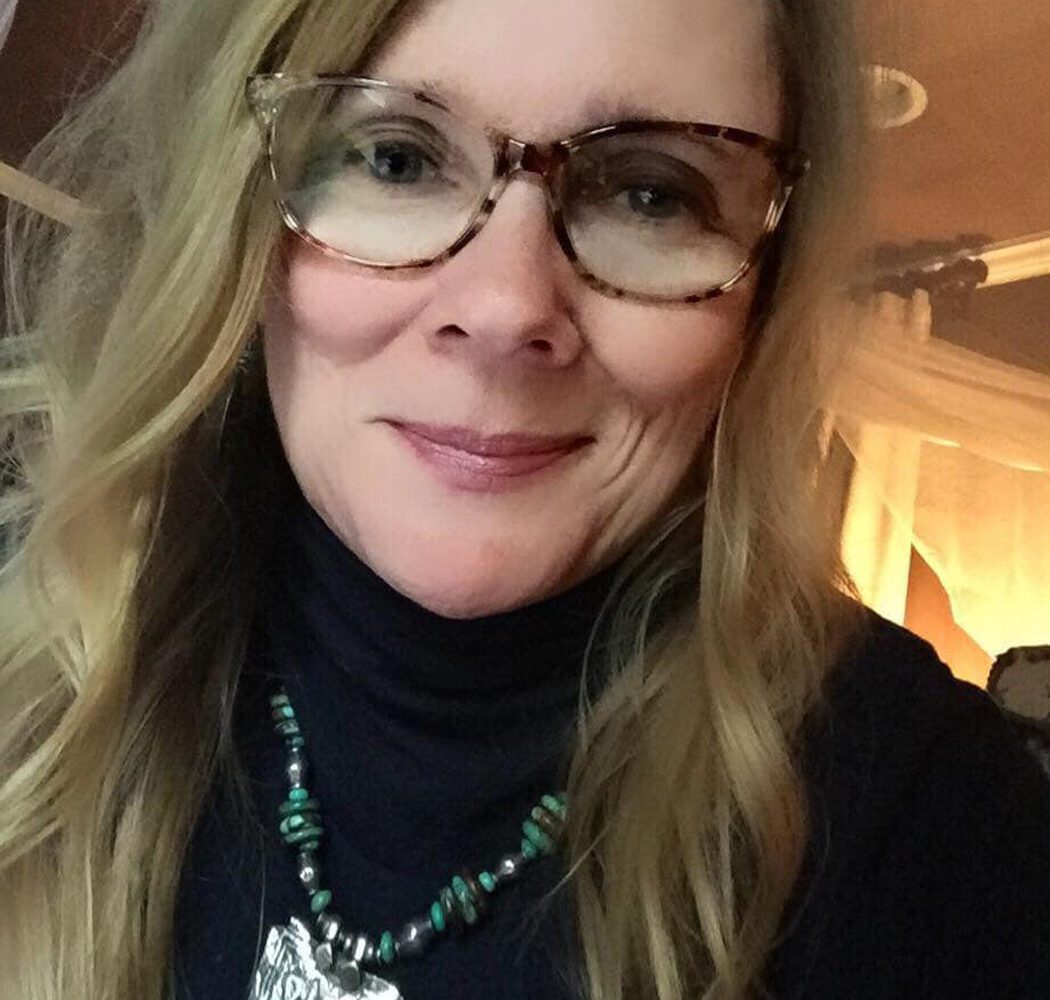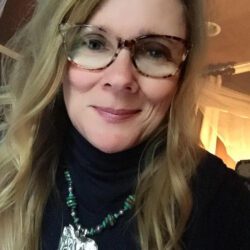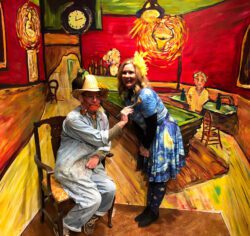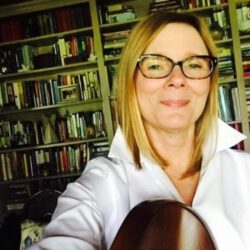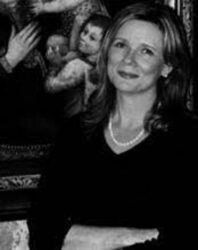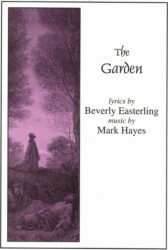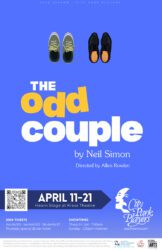by Robert "Bob" Bussey
The relationship between music and poetry has survived for millennia. While each is a separate form of art, they are often blended together. Music has been part of all societies around the globe since the beginning of the time when humans became aware enough to create distinct sounds.
Perhaps even before humans had the capacity to create languages. Poetry needed language, whether written or spoken, to come into being. The blending of music and poetry appears to have come naturally to humans since they both require (although not always) the use of rhythm and rhyme.
The Greek rhapsodies, the Japanese tanka, the Chinese Shijing are all typical examples of sung poems. (I’ll let you do some research on those types of poems.) However, and closer to home for most of us, music found in most every religion was often poetic, with rhyme, meter, and accented syllables (feet). In the ancient Mediterranean and Near East, many of the earliest works of literature are poems with religious content. Classical Islamic literature had a type of religious poetry featuring mystical uses of love poems and standardized rhymes and imagery.
A major form of English poetry of the 17th century was the devotional poetry. The forms and genres of poetry often (although not always) include some rhythm – epics, hymns, psalms, elegies, hadiths, suras.
You can see and hear the blending of poetry and music in the work of Beverly Easterling. Beverly Easterling is a writer, poet, lyricist, and retired voice teacher. Her work can be found inVoices Found, a supplement to the 1982 Episcopal Hymnal.
She is a lyricist (she writes the lyrics to music composed by others) who has collaborated with noted composers Robert J. Powell, Mark Hayes, Mark Schweizer, and George Mabry. She lives right here in Alexandria, Louisiana. She is a member of the Bad Gnus Poets group that meets regularly at Tamp and Grind. She also appears at open mike events.
I had the chance to interview Beverly about her poetry and her music. She told me that she initially wanted to become an opera singer when she first attended college. She started out at Ole Miss in visual arts and music but did not finish. Instead, she met a young man who won her heart and they soon married. This was back in the Vietnam era. She and Gray settled in the Alexandria area after he completed his military duties.
Locally, she has been involved with City Park Players, The Gridiron Show, Red River Opera Company, the Rapides Symphony, has sung at numerous weddings and funerals, and has had roles in around 35 musicals over the years. She currently sings with Red River Chorale. Her love for music has not diminished over time.
While some poets started writing at an early age, Beverly did not start her poetry adventure until around four years ago, however, her training in music helped her with poetry. In fact, many of the ways musical lyrics are put together are similar to how poems are constructed (although in poetry, we find poets breaking the rules more often than in lyrical music).
Meter is a literary device that works as a structural element in poetry and lyrical music. Essentially, meter is the basic rhythmic structure of a line within a poem, poetic work, or the lyrics of a song. Meter functions as a way of establishing a specific number of syllables and emphasis when it comes to a line of poetry that adds to its musicality. It consists of the number of syllables and the pattern of emphasis on those syllables. The same is true in the lyrics of a song.
Unlike meter, rhythm is less about a steady and measured beat of syllables. Instead, the purpose of rhythm is to create natural patterns and flow of words that enhance a poetic work’s tone and content. This is especially true for poets that write free verse. In this case, meter is not emphasized to give the verse poetic structure. Instead, poets of free verse focus on natural rhythm and pacing.
Beverly does not classify herself as a particular type of poet. She is not purely free verse, not purely a sonnet poet, not purely an ode poet. Instead, she writes about whatever might pop into her head. Often rising in the middle of the night to write down an idea that has crept into her sleeping hours.
Let’s take a look at one of her earlier songs and then at several of her poems. “The Garden” music was composed by Mark Hayes and the lyrics were written by Beverly. I think you will be able to see all of the elements of poetry and music lyrics in this one.
There is a garden fair to see
where Jesus Christ a child was He.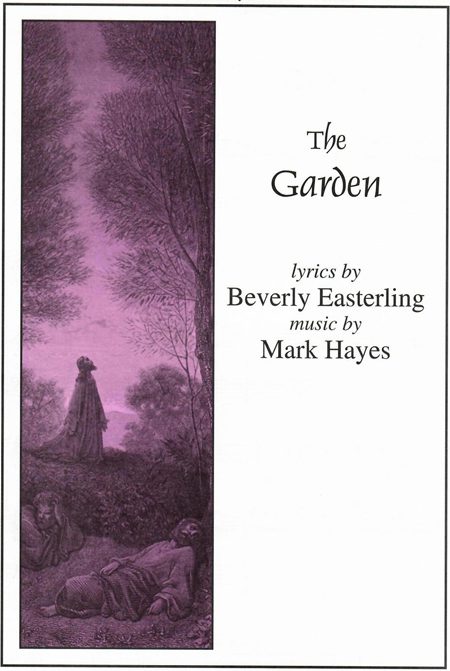
He planted roses red and white
To make Himself a garden bright.
And when they saw that he was there,
they came and plucked the rose tree bare.
There is a garden sad to see
Where Jesus prayed, Gethsemane.
He prayed alone with all his might
for strength to wait the coming night.
And when they say Him thus displayed,
Twas with a kiss He was betrayed.
There is a garden made of stone,
Where hope for all the world was sown.
Sweet Mary came for one last time,
Carrying myrrh, His wounds to bind.
And when she saw the tomb was bare,
her grief descended to despair.
There in that garden, love became
all life restored, renewed, reclaimed.
“Seek not the living with the dead”
He spoke among the roses red.
She turned and saw the shining one,
God’s perfect gift: His perfect Son.
There is a garden fair to see,
God’s gift of love is plain to see:
His perfect son.
Each of the four verses reference Christ’s experience in a garden … the Garden of Eden, the Garden of Gethsemane and the Garden Tomb. You can see and also feel the rhythm of the stanzas. The repetition that is seen in each one. Reading
it is one thing, but listening to it gives you an even stronger feel for how it is put together. You can do so by clicking on the link below: The Garden, published by Beckenhorst Press: https://beckenhorstpress.com/the-garden/
Religion influences some, but not all, of Beverly’s poetic work. The same can be said for meter, feet, and rhythm. However, with poetry there is more latitude in staying within a certain structure or not. But as you read the following poem, try to feel the beat (rhythm) of each line and how they end up working as a whole.
“Passing By”
It begins with weasels
and a wave.
Pretty weasels
in sheath dresses, or striped ties,
eyes shimmering in anticipation as they
peddle fear
that won’t touch them.
Botoxed brows and tearless eyes,
In that savage, eternal rase for ratings.
It is a busy little depression
that,
if all goes well,
will garner heat,
and grow,
and pull the wind along
enough
to earn a name.
Waiting for God’s finger
to point the way:
aging grammar school, single father’s apartment,
random bridge, gothic church.
Preparation feels like a celebration.
Anxiety, the special guest,
tubs filled. Devices charged.
Cousins arrive,
Roux added,
As breeze lifts
a shrieking cadenza:
Ida is passing by.
If you didn’t catch it, this one was about Hurricane Ida. The poem appeared in Aquilla Review a publication from Texas A&M – Texarkana in 2022. However, what I hope you noticed was the rhythm, the beat of the lines, the places of emphasis (the feet). And, of course, how Beverly adds a little religion to the poem.
Her writing religious lyrics for so long naturally comes out in her poetry. I asked Beverly about the “weasels.” How are meteorologists, which she describes in the first stanza, like weasels? She told me that not all meteorologists are weasels, just
the ones who only seem to be concerned with their ratings on TV, not your local folk. I will let your imagination come up with which ones she might consider to be weasels.
The next poem also shows how poetry does not always have to follow the stricter rules found in the lyrics of music that must, if any good, follow the music as created by the composer. Again, feel for the rhythm, feel for where the emphasis should be placed on certain words and within each stanza. And, check out how she inserts religion into the poem.
“Aisle Twelve”
We never met
but there she is
a short reel in my mind, throwing
with dignified accuracy, an empty Bud Light can
across the front seat, out of the passenger window side
of her white SUV. It lands in the brown weeds
behind Home Depot on Prescott Road.
Was it an early morning retaliatory strike against Corporate America?
A political statement in support of red-neckedness in the deep South?
A comfortable steroid-free medication for a mangled heart?
Admiration for her inspired aim conflicted by
impotent resignation for Louisiana litter.
I am an observer of this blond combatant’s
personal war of aggression.
Wondering, two years later, if this mission
was the first engagement after
dropping off care pool at school? Maybe
an attach Bud before a Kroger run?
A fierce agonizing campaign, or a
De-escalation of hostilities
in defeat?
With no active reports of casualties,
I revisit the knowledge: if you
spend any time at all
in the Spam aisle, you
will see how far away
we are from
God.
Both “Passing By” and “Aisle Twelve” are from real life events that Beverly experienced. They also both break many of the rules she has to use when composing lyrics for a song. Repeating syllables in the lines of the stanzas are thrown out. Both poems are more about rhythm, which places them more into the area of free verse poetry. I thought the lines about the Spam aisle and the rest of the poem did not fit together. Could the poem have ended after the third stanza. I asked Beverly about this. The last stanza and the first stanza are her poetic/artistic analogy of what kind of person would be drinking alcohol early in the morning and the kind of person who hangs out in the Spam aisle. Do both need God? Is that the question ultimately posed by this poem? Beverly admitted to having never tried Spam. I personally used to go on backpacking trips with groups of people where we would have fried Spam contests. Who can come up with a new concoction, new flavor, new look. I guess others are not so lucky. Spam was easy to carry in a backpack.
Beverly has not published any poetry books as of this writing. However, she is working on a chapbook idea. A chapbook is a short series of poems instead of a full-fledged book. But fear not, you can find multiple lyrics set to music that Beverly has written. And many of those are poetic in their own right.
The list below is incomplete, but if you follow any of these links you can listen to some of her lyrical/poetic work.
https://www.youtube.com/watch?v=QXvk_LlN_tc












